In this article, we'll talk about how to fertilize orchids, as well as WHY orchids need to be fertilized in the first place! When orchids are outdoors in their natural environment, they get their nutrients from nature! But when they're brought outdoors, they loose those nutrients, and therefore it's up to us to feed them appropriately.
Although orchid soil is already laden with nutritious ingredients such as peat moss, fir bark, cork, and gravel, it's still not enough. By nature, orchids are heavy feeders, and, as such, need that extra bit of nutrients. Keep reading to learn how to fertilizer orchids as well as WHEN to fertilize them!
How to Fertilize Orchids
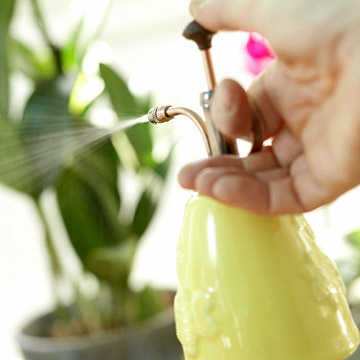
- Most orchid varieties should be fertilized once every other week or once a month.
- Fertilize only once the blooms have dropped.
- Use a weak solution of a balanced plant fertilizer.
- The fertilizer should contain an EQUAL amount of nitrogen, phosphorous, and potassium. The label on the fertilizer should read something like “20-20-20”.
- Before applying a balanced fertilizer, be sure to make the solution “weaker”. Do this by mixing half fertilizer with half water.
- Do NOT pour fertilizer directly over orchids – this will burn the leaves.
- Use a narrow spouted pitcher, carefully and slowly pour the fertilizer directly into the soil, careful not to touch the leaves.
- Be sure your pot has a good drainage system to allow the orchids to drain extra fertilizer.
- On the weeks that you fertilize your orchids, do not water them.
How Much Fertilizer Should You Give Your Orchids:
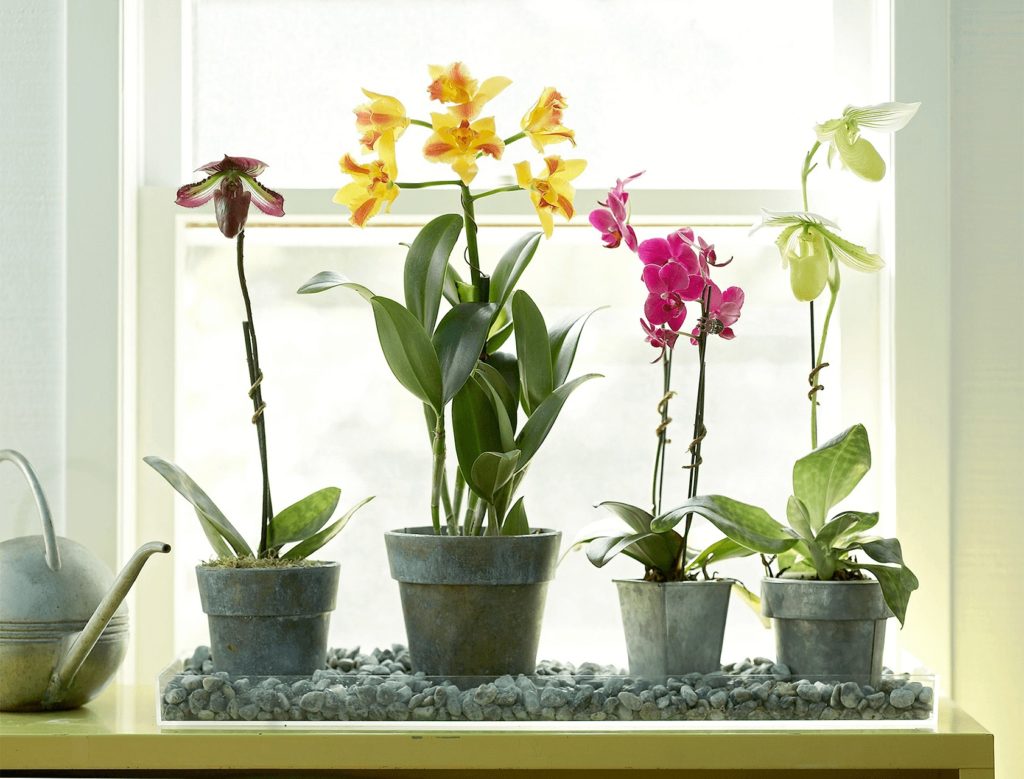
As a rule of thumb, a regular sized orchid pot should receive about 1/4 cup of fertilizer and/or water.
You can also prepare “make ahead” fertilizer by freezing the weakened, prepared fertilizer into ice cubes. Three ice cubes should be gently placed directly onto the soil. This will give your orchid plants a slow release fertilizer!
Like this post? Share, Pin, and Comment Below 🙂


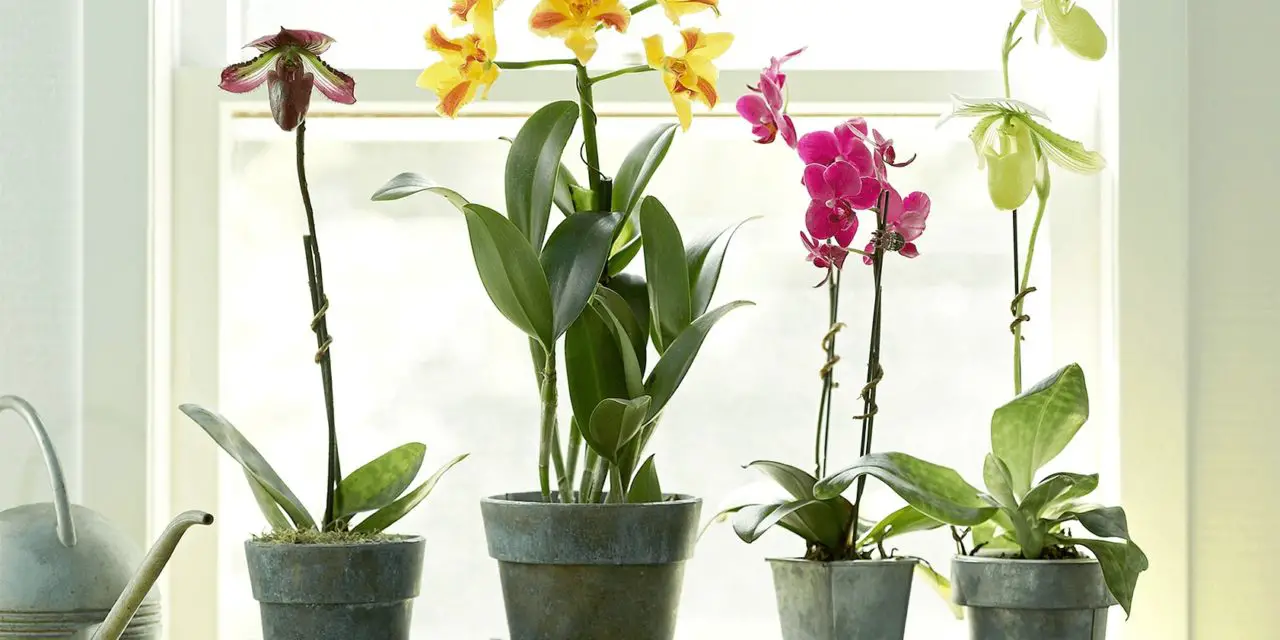

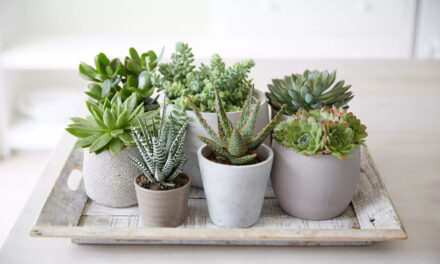
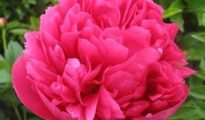















Would not follow their advice since they suggest using ice cubes with fertilizer in them to fertilize your plants. That’s one good way to kill them.